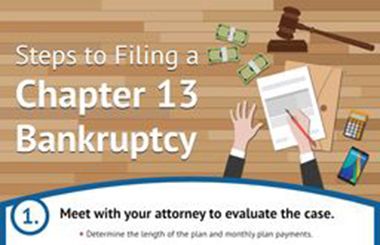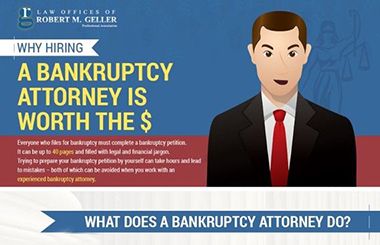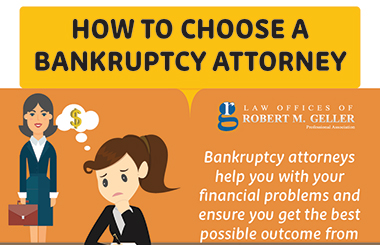 Protecting a Home in Chapter 13 Bankruptcy
Protecting a Home in Chapter 13 Bankruptcy
Protecting a home is one of the primary reasons people file for Chapter 13 bankruptcy. After all, if you are going to give up the opportunity to discharge your debts in just a few months versus committing to a repayment plan over several years, you’d need a decent incentive. And being able to continue living in your home – not to mention avoiding a foreclosure – is a pretty big incentive.
The important thing to remember if you move forward with a Chapter 13 plan to avoid losing your home is that your responsibility doesn’t end after you file. Your house is still at risk if you don’t meet all of your obligations.
These tips will help ensure your home is protected in your Chapter 13 bankruptcy.
Educate Yourself
The first thing you need to do when you choose to pursue Chapter 13 and you want to keep your home is to read your Chapter 13 repayment plan and know what’s required of you.
You’ll be making ongoing payments and be required to catch up on missed payments, which are usually built into your Chapter 13 plan. Sometimes post-filing mortgage payments are made to the mortgage company as they always were or they are made to the trustee, so make sure you know where you need to make your payment.
Keep Records of Payments You Make
You want to have detailed records of everything related to your bankruptcy and if you continue paying mortgage payments outside of bankruptcy, you want detailed records of those payments too. A paper trail is one of the best tools you have for protecting yourself. It’s probably a good idea to pay by personal check, too, just so there’s an even more solid paper trail.
If your financial records are disorganized, now is the time to get a system in place and keep up with it so if anything is called into question, you have the paperwork ready to back up your defense. As part of your system, make sure you are reviewing and filing your monthly mortgage statements and dealing with any issues that might arise immediately.
Be Aware of Payment Changes
One of the things you need to watch for is changes to your mortgage payment from month to month. Depending on how you’ve structured things, there might be a small boost in payment due to escrow or insurance. You’ll need to make sure you are paying the right amount every month or you could fall behind again.
For more information about things that can alter your monthly mortgage payments, check out this information from the Consumer Financial Protection Bureau.
Make Sure Property Taxes Get Paid on Time
Mortgage payments aren’t your only obligation as a homeowner. You also need to make sure your annual property taxes remain current. Sometimes this is built into your mortgage payment, but not always. And if you have an arrangement where your mortgage lender cuts you a check at the end of the year, make sure you get that to your local municipality. You also need to make sure insurance is paid on time or the mortgage lender can ask the court to lift the automatic stay against you and move forward with foreclosure efforts.
One final tip: Be sure to deduct the mortgage interest and other tax-deductible expenses you’ve paid to the bankruptcy trustee in your Chapter 13 repayment plan. You won’t get a tax form from the trustee as you do from the mortgage lender, so you’ll need to calculate the deduction on your own or with the help of a deduction calculator.
If you’d like more tips for protecting your home in bankruptcy or you have bankruptcy questions about filing, contact the Bankruptcy Law Office of Robert M. Geller at 813-254-5696 to discuss your situation.







 Protecting a Home in Chapter 13 Bankruptcy
Protecting a Home in Chapter 13 Bankruptcy








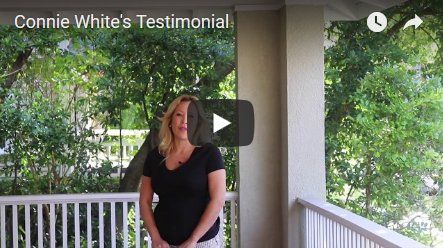






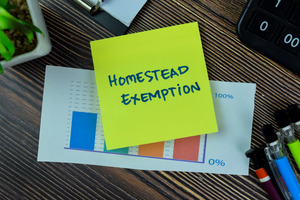

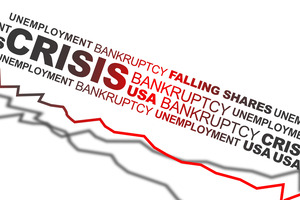

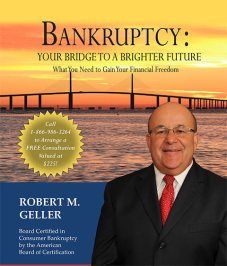
![Signs That You May Need to File Bankruptcy [Infographic]](https://djml3wkzi26ea.cloudfront.net/wp-content/uploads/2021/01/signs-chap7-v-chap13.jpg)
![How To File for Bankruptcy [Infographic]](https://djml3wkzi26ea.cloudfront.net/wp-content/uploads/2020/07/bankruptcy-steps-infographic-web.jpg)
